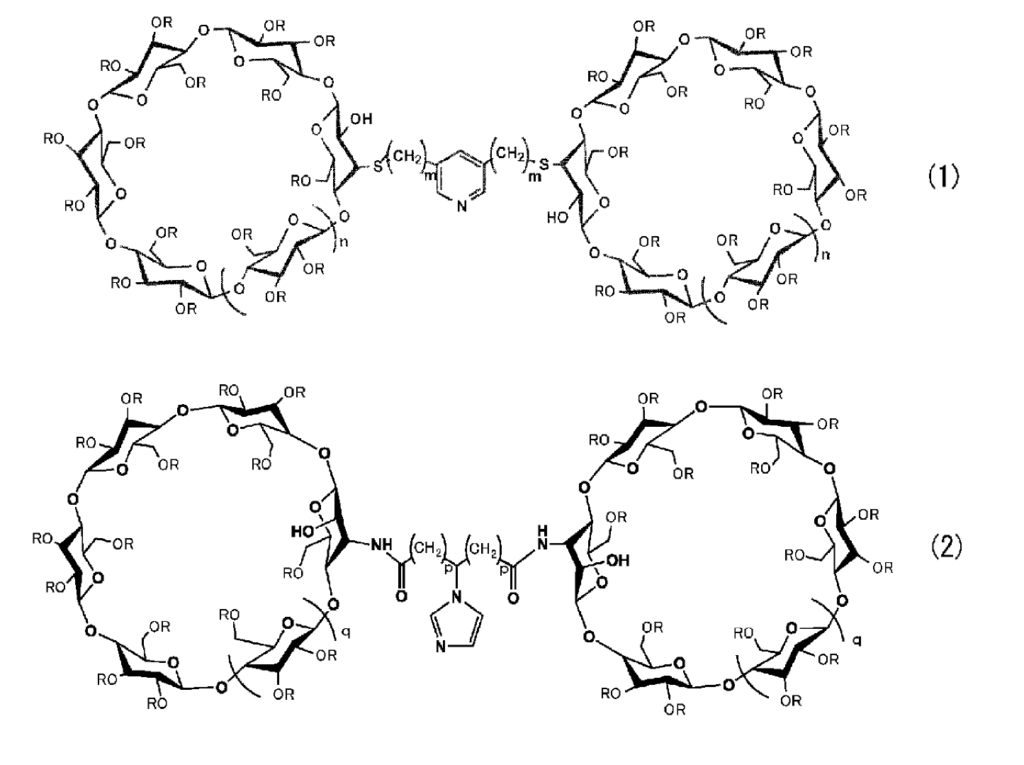University of Sydney, a leading innovator in researching natural toxins and poisons, and CarboHyde, a renowned expert in developing therapeutic carbohydrates are proud to announce their strategic partnership in the fight against natural toxins. This groundbreaking collaboration aims to advance research, develop effective solutions, and raise awareness about the detrimental impact of natural toxins on human health.
The world faces a growing threat from natural toxins, which can be found in various forms, including harmful algal blooms, venomous organisms, and poisonous plants. These toxins pose significant challenges to public health, wildlife, and ecosystems, demanding immediate attention and collaborative efforts to mitigate their harmful effects.
By combining their unique expertise, University of Sydney, led by Greg Neely and CarboHyde will work hand in hand to develop innovative technologies and approaches for neutralizing natural toxins and developing antidotes against poisoning or for prevention. “Our joint efforts will not only enhance the scientific understanding of these toxins but also pave the way for effective preventive measures and responsive strategies” – said Joseph Toth, CEO of CarboHyde. “Natural toxins present a complex and multifaceted challenge, requiring interdisciplinary solutions. This collaboration allows us to leverage our respective strengths and resources to address this pressing issue collaboratively. Together, we aim to develop comprehensive strategies that safeguard public health.” he added.
The partnership between the University of Sydney and CarboHyde signifies a milestone in the fight against natural toxins. By combining their research capabilities, technical expertise, and industry knowledge, these two partners are committed to making significant contributions to toxin detection, risk assessment, and effective mitigation strategies.









